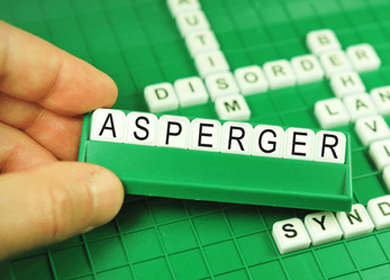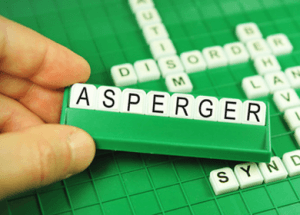
The American Psychiatric Association announced in early December that it is making substantial changes to autism diagnostic criteria. The Diagnostic Statistics Manual, also known as the DSM will be reissued in its fifth version in spring of 2013. In it, Asperger Syndrome will be eliminated as a diagnosis. Instead, it will be enfolded in a new diagnosis called “Autism Spectrum Disorder.”
 Autism Spectrum Disorder
Autism Spectrum Disorder
Autism Spectrum Disorder (ASD) includes a wide range of developmental disorders. In addition to Asperger Syndrome, it also includes classic autism, childhood degenerative disorder, Rett’s syndrome and other pervasive developmental disorders. Each of these conditions varies in degree of severity and symptoms.
Many children with ASD also show metabolic distortions of fatty acids and organic acids. Additionally, they also can have atypical bacteria populations in gut flora. A team of researchers in the United States is making an effort to identify potential clinical characteristics in children with ASD that can be used for diagnostic testing.
With more research addressing potential metabolic distortions in children who have ASD, there may be more support for treating autism conditions by altering the diet. Anecdotal evidence supports gluten-free diets may help children with ASD. Currently, research is being conducted at the University of California, Davis MIND Institute into potential wheat sensitivity contributing to autism symptoms.
Benefits of Diagnostic Changes
By broadening the diagnostic criteria for autism conditions, it will be easier for parents to receive insurance benefits for medical help for their kids. Additionally, it provides additional support for thousands of children who need educational assistance but have not met all of the diagnostic criteria under previous guidelines.
Autism is a baffling developmental disorder that is not well understood. The numbers of children diagnosed with ASD increases yearly. However, it is not clear whether larger numbers of children have the developmental disorder or if awareness is contributing to higher numbers of children being diagnosed. By broadening the diagnostic criteria for ASD, it also makes it possible for researchers to consider a broader range of contributing factors in their research. This may bring to light more information about developmental disorders in children.
– The Alternative Daily

